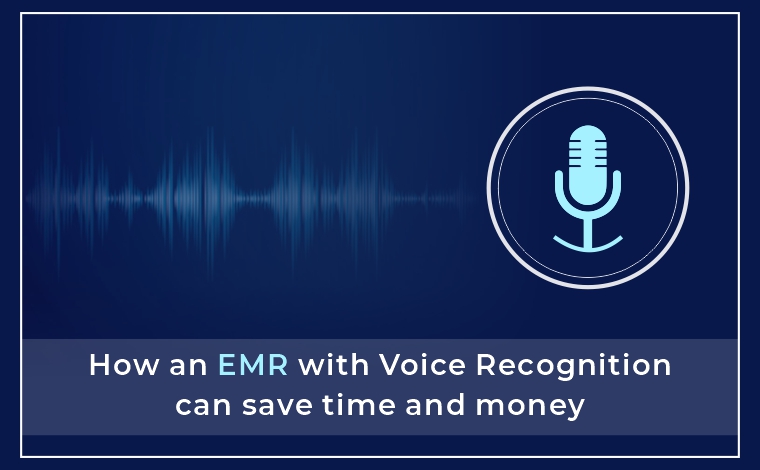


For those who began their medical careers before the advent of Electronic Medical Records (EMR) systems, using voice recognition might feel more natural, as many have been dictating notes for years. While dictation has long been a reliable method, the traditional approach comes with significant downsides. It often requires transcription, a process that is not only costly but also slows down timely updates to medical records. More critically, this reliance on transcription carries a risk of errors, which can result in time-consuming proofreading and editing, or, even worse, errors that go unnoticed and lead to further complications.
In short, while dictation might seem fast and efficient for physicians, the necessary transcription can be a financial and clinical burden. Voice recognition technology has emerged as a solution, replacing traditional dictation across various healthcare information systems, including EMRs. This technology is poised to eliminate transcription expenses altogether. Through natural language processing (NLP), voice recognition can transform spoken words into distinct data fields rather than just free text blocks.
Voice recognition is designed to be highly user-friendly, especially when an Electronic Medical Records (EMR) system is set up to provide dynamic, command-based responses. The voice recognition feature in your EMR software can significantly enhance communication and alleviate some of the pressures physicians face while documenting patient interactions. Patients want their doctors to listen to them, but when healthcare providers focus on computer screens and manually type notes, they often miss crucial non-verbal cues and patient expressions. This situation can lead to a diminished patient experience and frustration, as it gives the impression that the doctor isn’t fully present.
With voice recognition, physicians can take detailed notes while maintaining their attention on the patient, which not only enhances the patient experience but also streamlines the charting process. Furthermore, this technology is beginning to replace traditional dictation within the healthcare sector, helping to reduce both transcription costs and errors. If the functionality of the EMR is designed to include command-based responses, the voice recognition feature can be intuitive and effective.
When an EMR system is equipped to work with voice recognition technology, physicians don’t need to construct complete sentences or elaborate narratives. Instead, the system can be tailored to respond dynamically to specific procedures, techniques, symptoms, and care plans.
It’s essential that your EMR software vendor provides comprehensive voice recognition capabilities, which can greatly benefit your practice by facilitating quick and efficient charting while also reducing overall costs. Integrated speech recognition technology can enhance practice productivity and promote cost savings. Physicians appreciate the speech recognition feature for its convenience and speed, allowing them to simplify the charting process with optimal accuracy.
Moreover, trained voice recognition effectively addresses many of the common frustrations associated with EMR systems. Without voice recognition, physicians often find themselves navigating an exhausting array of screens, tabs, checkboxes, radio buttons, form fields, and pick lists, often spending 5 to 12 minutes and over 100 mouse clicks just to produce a single exam note. With trained voice recognition and responsive command-based systems, that same exam note can be documented in less than 90 seconds.